The Essl Foundation is committed to the equal participation of people with disabilities in all areas of society. The experience of art is a particularly important concern.
According to the World Health Organization (WHO), 15 percent of the world's population, or more than one billion people, live with a disability. However, the majority of these people are excluded from things that are taken for granted by people without disabilities. This is despite the promise to "leave no one behind," as stated in the 2030 Agenda, which was signed by all 193 member states of the United Nations, with its 17 Sustainable Development Goals (SDGs).
The commitment to inclusion is formulated even more clearly in the UN Convention on the Rights of Persons with Disabilities, which has been ratified by more than 180 member states, including Austria. This Convention obligates people with disabilities to enable "full, effective and equal participation in society."
For a world without barriers
The Essl Foundation, founded in 2007 as a private non-profit foundation by Martin Essl, his wife Gerda, and their four children, aims to support social innovations and projects with a focus on people with disabilities. With the Zero Project, launched in 2010, it also aims to contribute to the implementation of the UN Convention on the Rights of Persons with Disabilities.
Enabling access to art for everyone is a particular concern of the Essl Foundation, not least because of the personal experience of its founders. This commitment is not limited to supporting innovative approaches to art education. It also aims to inspire artists to recognize the added value of making their work tangible with multiple senses, as the following three selected examples demonstrate.
"Human dignity is inviolable"
Wilfried Gerstel's artwork addresses the principle enshrined in the European Union's fundamental rights: "Human dignity is inviolable." For his installation, the artist chose ten EU languages to demonstrate the diversity of languages and scripts found in the EU. These are supplemented by a line of Braille, used by people with visual impairments.
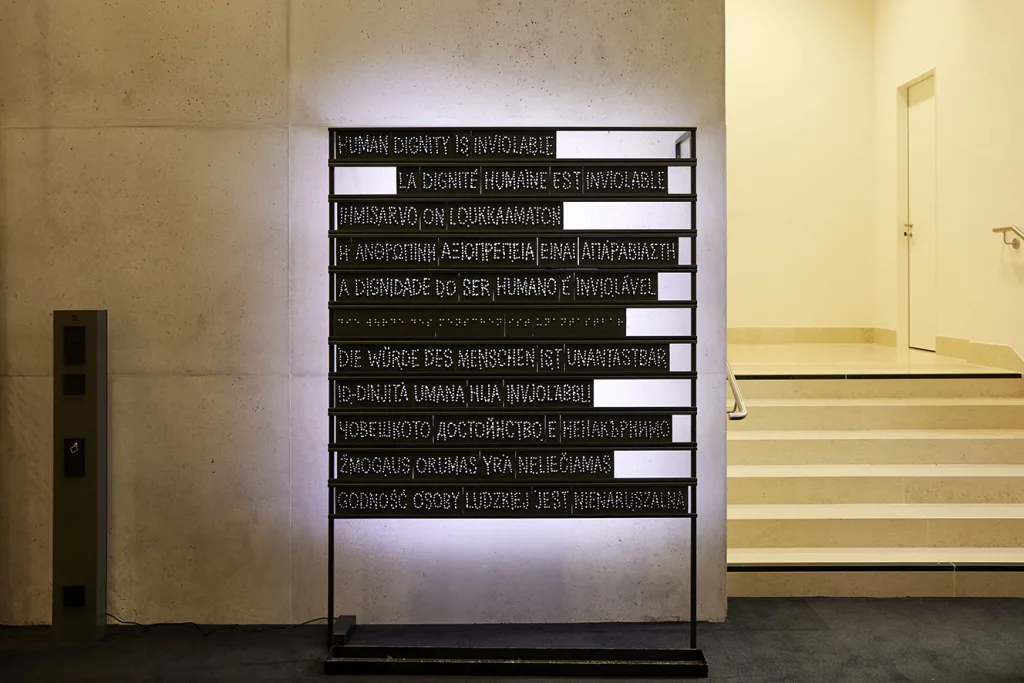
Martin and Gerda Essl have made the inclusively designed artwork available to the renovated and barrier-free Parliament building as a permanent loan.
“Corona Monument of Hope”
The Corona Monument of Hope is a work by Emmerich Weissenberger and Nora Ruzsics, realized in collaboration with the Austrian Institute for Sustainable Development.
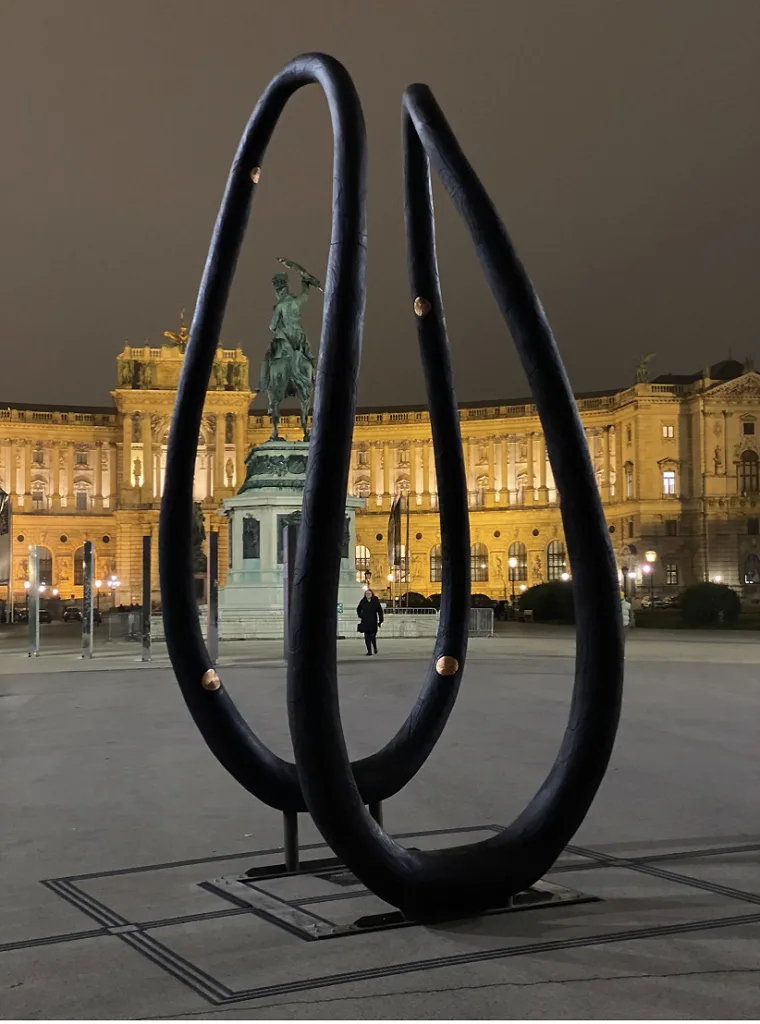
The walk-in, blackened wooden sculpture is shaped like a lemniscate, the symbol of infinity. The two wings are dedicated to the themes of sustainability and inclusion, central to a post-coronavirus renaissance. The barrier-free central space represents the all-encompassing love that leaves no one behind. Seven bronze seals symbolize the seven cardinal virtues.
The memorial was dedicated to all victims, sufferers, and heroes of the coronavirus pandemic. In 2022, it was placed on Vienna's Heldenplatz. In 2023, it was donated to the Medical University of Vienna, where it can initially be viewed in the entrance area of the Vienna General Hospital and later in the foyer of the Medical University of Vienna's new Audimax.
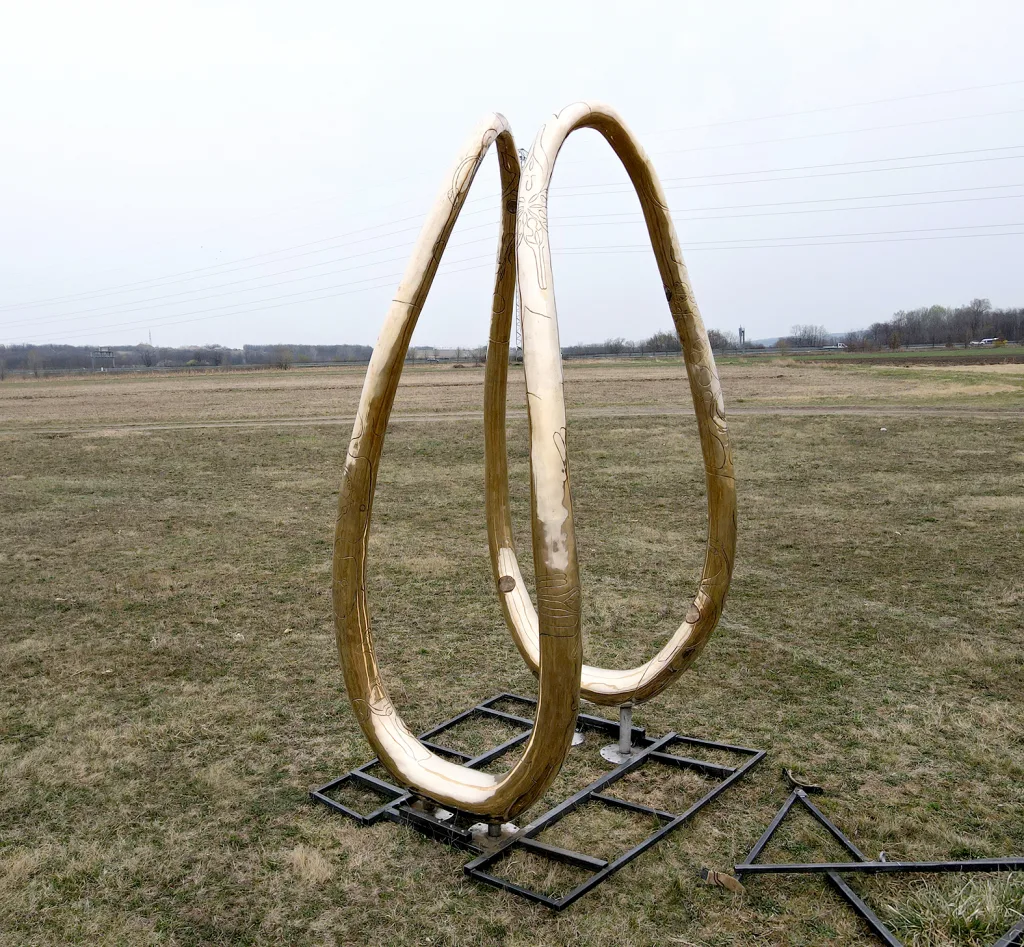
A second sculpture of the Corona Memorial, made of gold bronze and of the same size, was created in 2021 and 2022. This "Monument of Hope" is intended to go on a world tour as a symbol of renaissance and inclusion. A sled was constructed for this purpose to push the artwork into a container. There are also plans to subsequently convert the container into an inclusive "pop-up museum" to bring inclusive art to the public.
Inclusive Street Art now also in Austria
Street Art Belgrade has been researching and promoting street art and graffiti in Serbia for 20 years. A key focus is the inclusive design of this art in public spaces.
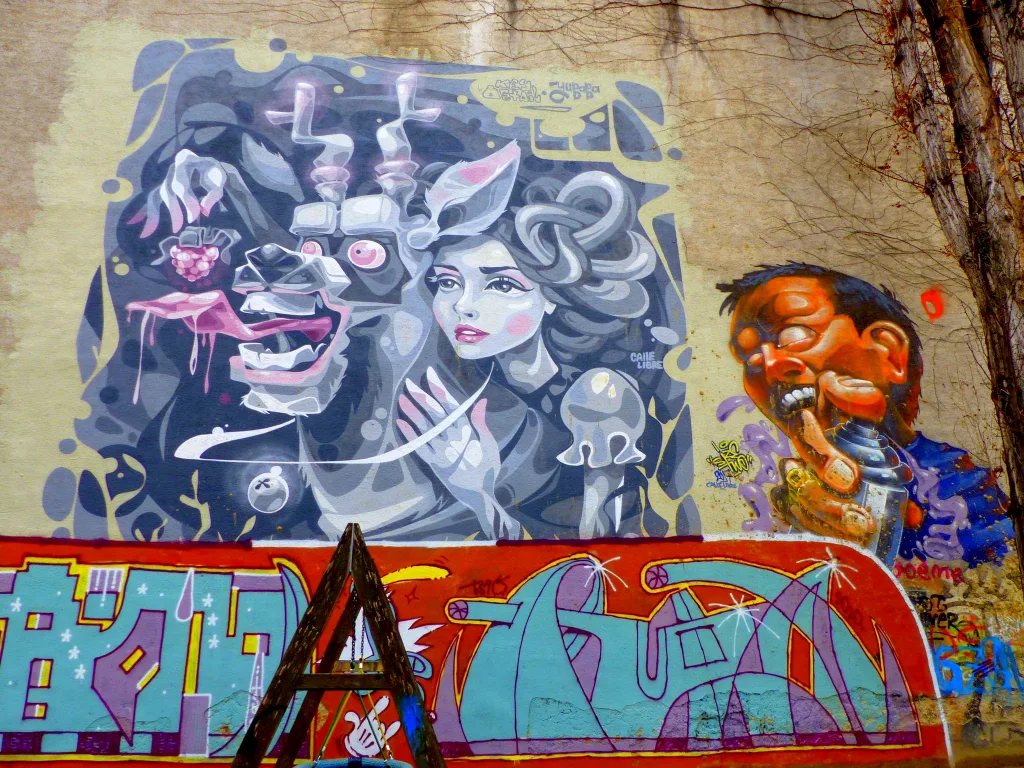
Through contact with the Zero Project, Street Art Belgrade created three inclusive murals for the first time in Austria at the end of 2022. The graffiti was selected together with Jakob Kattner, founder and director of the street art festival "Calle Libre" in Vienna, and is located at Karl-Farkas-Platz in Vienna's 7th district.
In the entrance area of the park there, a section of each of the three murals will be created as a 3D relief by summer 2023. Below it will be a description in Braille.
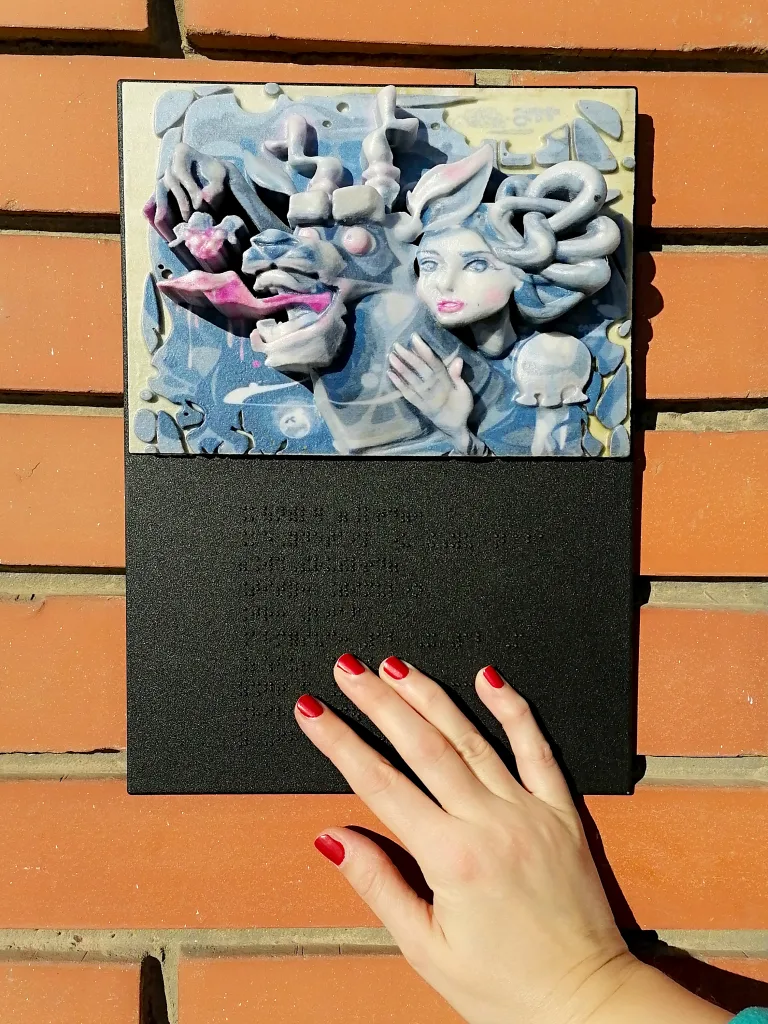
There is also a fourth panel containing information for the sighted and a QR code that provides access to further content.
In another collaboration between Street Art Belgrade and the Zero Project, an inclusive artwork will be created as part of the Zero Project Conference 2023. This mural will then be exhibited at the House of Philanthropy in Vienna as a "good practice" for inclusive art.
This article is available here also available in easy language.